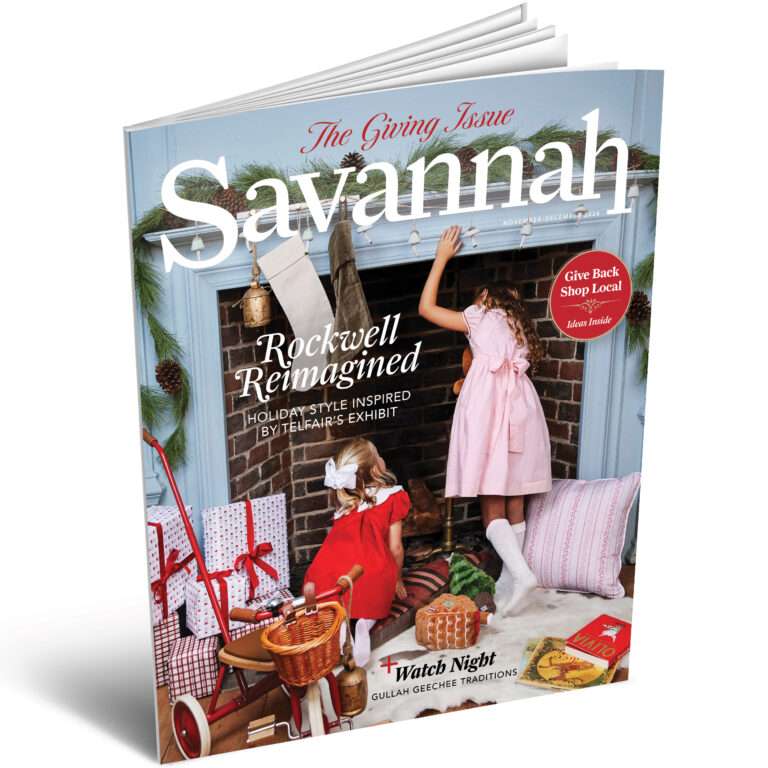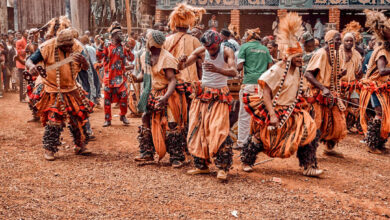Threads of Culture: Watch Night Services
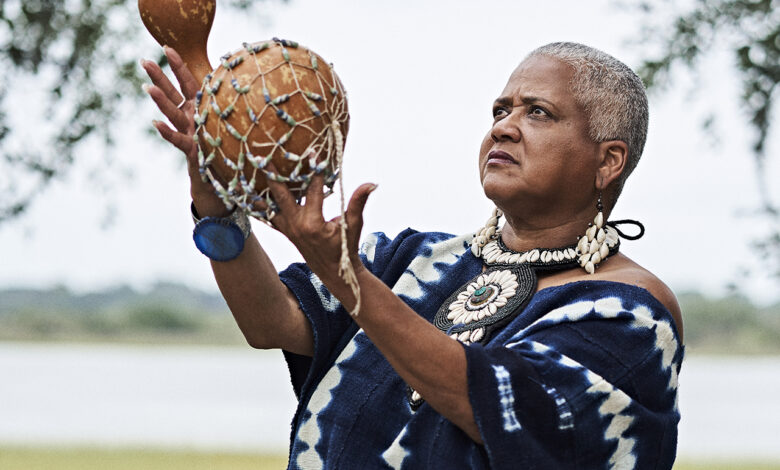
Renowned storyteller Lillian Grant-Baptiste recounts the history of this New Year’s Eve tradition in the Gullah Geechee corridor
Written by TRELANI MICHELLE
Photography by PETER COLIN MURRAY
Produced by MORRIGAN MAZA/GOOD CULTURE CREATIVE
WHILE POPULAR CULTURE associates New Year’s Eve with glittering fireworks, sparkling wine and countdowns, the holiday has a different connotation for renowned Gullah Geechee storyteller Lillian Grant-Baptiste: Watch Night Services, a traditional service held in the final hours of the year.
Dating back to Dec. 31, 1862, this practice began as a commemoration of the Emancipation Proclamation, when both freed and enslaved African Americans gathered to watch and wait for official news of freedom.
“It would start somewhere around 9:30 or so at night,” remembers Grant-Baptiste, whose maternal lineage stretches back four generations in Savannah and even further in the Gullah Geechee Cultural Heritage Corridor, which stretches from southeastern North Carolina to northeastern Florida, including the sea islands in between.
The Power of Knowing
For her, these services at First African Baptist Church on Treat Avenue in East Savannah were not only a spiritual practice but also a way to connect with a profound historical legacy.
Just before midnight, the atmosphere transformed from a typical Sunday-like service into the shadowy Watch Night Service, both captivating and mystifying a young Grant-Baptiste and the other children. Four deacons took their places, each representing a coordinate of east, west, south and north.
“They would dim the lights,” she recalls, “and one of the pastors would say, ‘Watchmen on the east,’ and that deacon would say, ‘All is well on the east.’ Then he would say what time it was. And they would do that back and forth from east, west, south and north until midnight, and then everybody would go on their knees in prayer.”
Watch Night Service, also known as “Freedom’s Eve” in some Gullah Geechee communities, is about reflecting on a relationship with God and rejoicing their ancestors’ freedom. “But, as a child, I thought it was silly,” Grant-Baptiste adds. Lacking education or insight into this tradition, it appeared to be nothing more than a New Year’s Eve performance. “But when you really understand,
it’s so much more powerful,” she says.
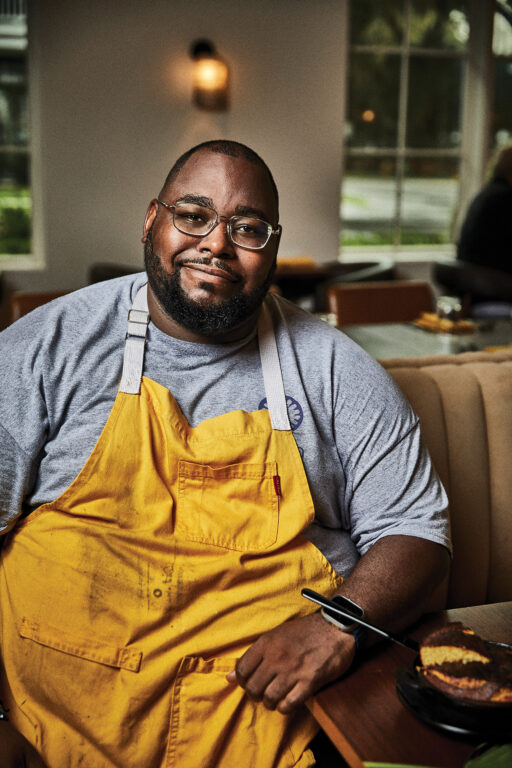
A Reason and a Season
The same can be said about culinary customs. For African Americans throughout the South, a cherished New Year’s meal traditionally features a form of cowpea, rice, a piece of pork, leafy greens and cornbread. In the Gulf, for instance, it’s usually black-eyed peas, rice, smoked pork, either greens or cabbage, and cornbread. For the Gullah Geechee, however, it’s Hoppin’ John, which is red peas and rice cooked together, collard greens cooked in smoked pork, and cornbread.
For everything, there’s a reason and season. “The greens symbolize money, and peas are good luck,” Grant-Baptiste shares. These traditions, along with folk beliefs — such as the significance of an itching hand or the ominous omen of a bird flying into the house — embody the blend of practical and mystical beliefs that characterize Gullah Geechee culture.
Executive chef Bernard Bennett, a Chicago native, moved to South Carolina in January 2021 to co-found Okàn Bluffton, an Afro Caribbean restaurant whose name means “heart and soul” in Yoruba. “At Okàn, I’m telling the story before Gullah Geechee. I’m representing, you know, the Caribbean and West Africa. I’m trying to showcase the through line — from West Africa, through the Caribbean, to here. The Gullah Geechee people still cook like their West African and Caribbean ancestors. You can really see it,” he explains.
Although chef Bennett is not Gullah Geechee, he resonates deeply with the culture. “My grandma migrated to Chicago from Senegal in the ’40s,” he shares. “She didn’t bring too much of the African traditions to our household, but she did have the cooking. So I grew up with jollof rice, which is the ancestor of red rice. It could also be considered an ancestor of jambalaya.” While his family didn’t prepare Hoppin’ John for the New Year, they did enjoy its culinary cousin for the same symbolic reason. “We had black-eyed peas, cooked with fat back, onions, and rice, and collard greens for good fortune into the New Year.”

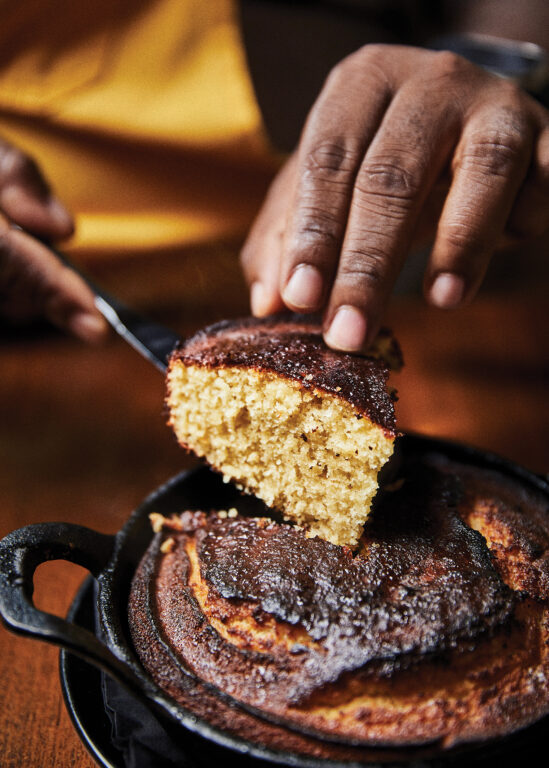
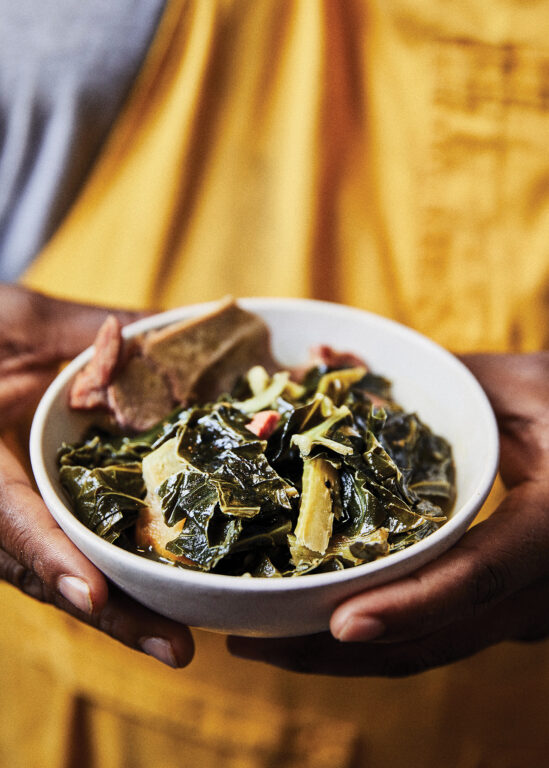
Changing Perceptions
Despite its rich cultural heritage, many viewed Gullah or Geechee as a source of shame. Being labeled “Geechee” often implied being considered “backward,” “unsophisticated,” or “ignorant.” So, many distanced themselves from the label, eliminated its words and phrases from their vocabulary, and sought to emulate mainstream American culture as much as possible. As a result, generations of Gullah Geechee people grew up not knowing that they were part of this beautiful culture.
Luckily, this was not the case for Grant-Baptiste.
Her great-grandmother Annie Mae Cooper like Grant-Baptiste herself, was a masterful storyteller and pivotal figure in preserving their Gullah Geechee roots. “She talked about her tradition. She also talked about our elders and ancestors as bridges over troubled waters. So she was very much connected in that way,” Grant-Baptiste recalls.
Her great-grandmother wove tales in her Carver Village home that blended folklore, moral lessons and supernatural elements, featuring characters like the people who could fly and a woman who shed her skin to wander the town and deceive unsuspecting souls. Another beloved story was that of Br’er Rabbit and the Briar Patch, a tale that illustrates cleverness and resilience. Such stories not only entertained but also provided valuable life lessons, underscoring the legacy of oral traditions in African and indigenous cultures worldwide.
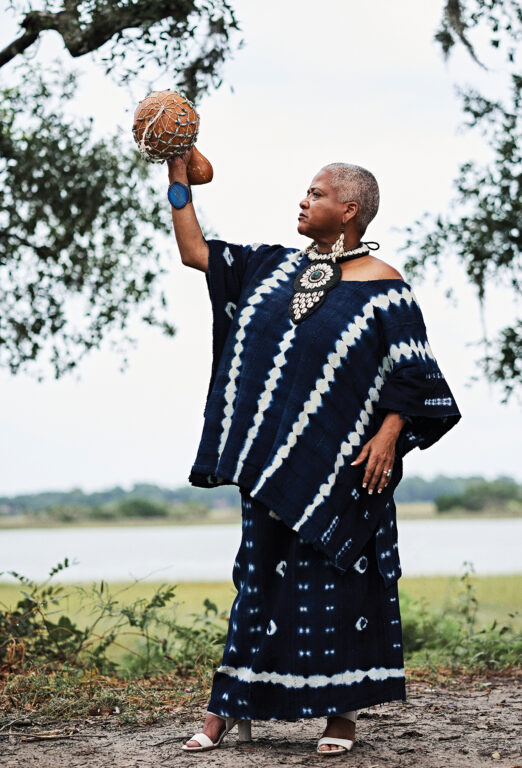
As a storyteller herself, Grant-Baptiste works to preserve these traditions while also integrating new ones. For instance, alongside celebrating Watch Night, she and her family observe Kwanzaa, an annual celebration held from Dec. 26 through Jan. 1.
During this time, families and communities gather to feast, honor their ancestors, strengthen their bonds and celebrate African and African American culture. The sixth principle of Kuumba (creativity), observed on Dec. 31, highlights the importance of community and cultural expression. And since her son is half Haitian, Grant-Baptiste also incorporates the tradition of soup joumou into their New Year’s celebrations. This vibrant pumpkin soup is not only a culinary gem but also a symbol of Haitian independence, prepared on New Year’s Day to celebrate the country’s liberation from French colonial rule in 1804. Celebrating Kwanzaa and soup joumou, in addition to Watch Night Service, is becoming more popular among Gullah Geechee people in Savannah and throughout the corridor.
These traditions reflect the resistance, resilience and interconnectedness of the Gullah Geechee community. Grant-Baptiste’s efforts to maintain and pass on these traditions are not just about preserving the past but also about fostering a sense of connection and identity for future generations.
Her dedication to sharing her heritage through stories and traditions as a cultural artist emphasizes the value of understanding and appreciating one’s roots. Through storytelling, rituals and a renewed focus on community, the Gullah Geechee heritage is not just a part of the past. It’s a vibrant thread in the fabric of everyday life throughout the corridor, and it continues to thrive in the lives of those who are committed to keeping it alive.
Source link

